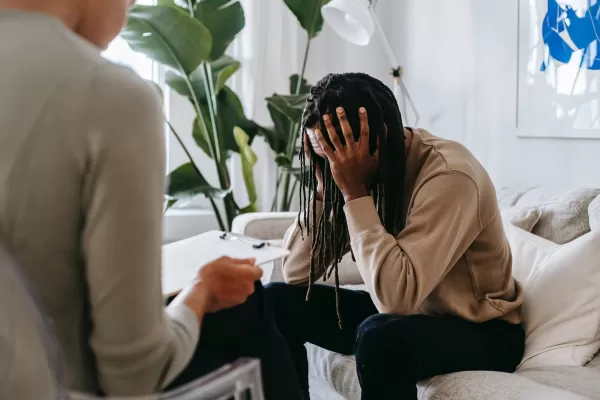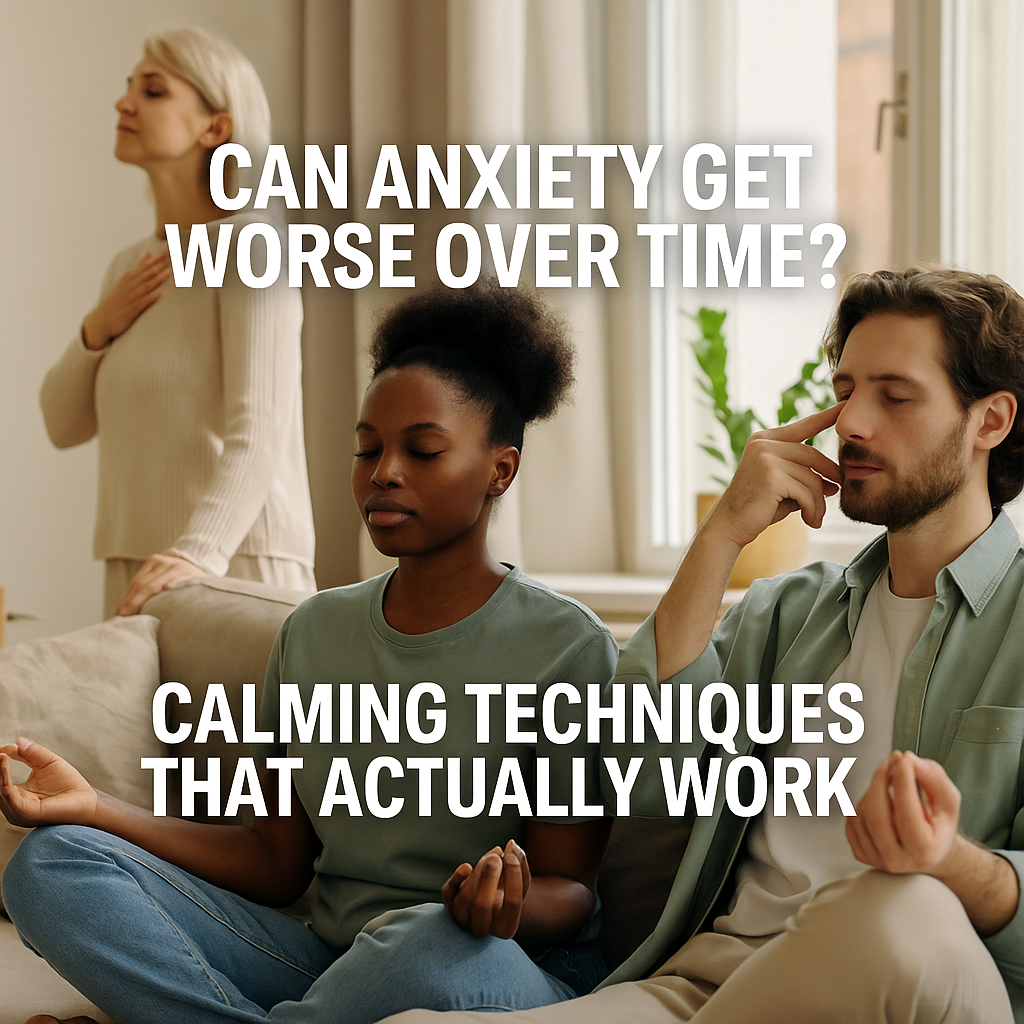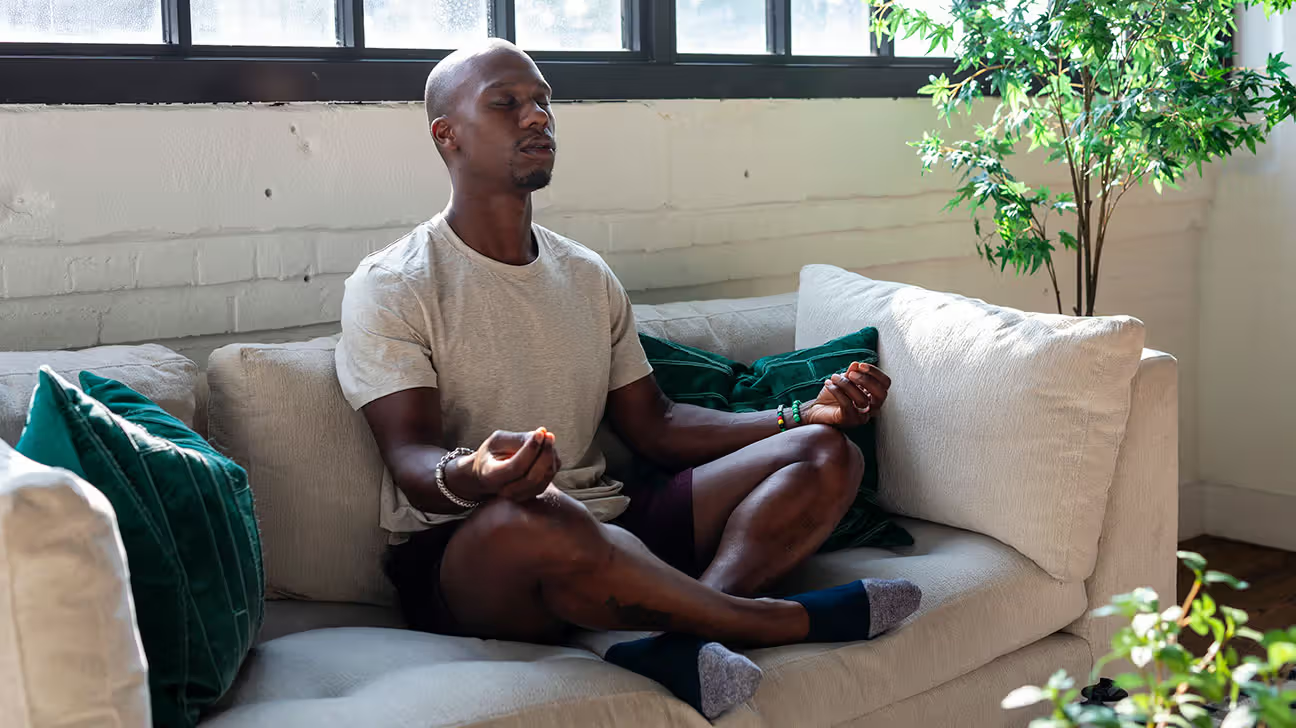Understanding the Progression of Anxiety
Anxiety disorders are not a one-time event; they can evolve, intensifying over time if left unchecked. Anxiety may begin as occasional, manageable worry but can gradually develop into chronic, overwhelming symptoms.
How Anxiety Can Get Worse
While anxiety manifests differently for everyone, the progression typically follows a series of patterns. Below are some factors that contribute to its worsening:
-
Avoidance Behaviors
Avoidance is one of the most common responses to anxiety, yet it tends to perpetuate the condition. By avoiding situations that cause anxiety, individuals reinforce the fear, making it harder to face those situations in the future. According to the American Psychological Association, avoidance can be a key reason for the persistence of anxiety over time. -
Negative Thought Patterns
People with anxiety tend to have a cycle of negative thinking that amplifies their worries. This thought cycle is often magnified by stressors, causing a snowball effect. The longer these patterns persist, the more challenging it becomes to break free from them. The power of thought and perception in anxiety is well-documented by researchers in CBT, or Cognitive Behavioral Therapy, which focuses on challenging and reframing these negative thought patterns. -
Lack of Treatment
When left untreated, anxiety can develop into a more severe disorder. Without proper intervention, the symptoms can escalate and significantly affect a person’s daily life. Studies show that individuals who delay treatment are at higher risk of chronic anxiety, which is why timely intervention is critical (National Institute of Mental Health).
The Psychological and Physiological Effects of Untreated Anxiety
Over time, untreated anxiety can cause physical symptoms, such as muscle tension, headaches, fatigue, and even gastrointestinal issues. These symptoms can become a constant source of distress, further exacerbating the psychological toll. This is why addressing anxiety early on is crucial to prevent long-term physical and mental health complications.
Calming Techniques That Can Help Manage Anxiety
The good news is that anxiety can be managed. Whether you’re looking for short-term relief or long-term solutions, there are effective strategies you can implement to regain control over your anxiety.
1. Deep Breathing Exercises
One of the quickest ways to calm the mind and body is through controlled breathing. Deep breathing helps activate the parasympathetic nervous system, which promotes relaxation. A highly effective method is the 4-7-8 breathing technique, where you inhale for four seconds, hold your breath for seven seconds, and then exhale for eight seconds. You can try other variations of deep breathing exercises, which are available on health platforms like Verywell Health.
2. Mindfulness and Meditation
Mindfulness is about being present in the moment without judgment, which helps to break the cycle of anxious thoughts. Research from sources such as Mindful.org has shown that regular mindfulness meditation can significantly reduce anxiety. Try dedicating just 10 minutes a day to mindful breathing or guided meditation, and you’ll notice a marked improvement in your anxiety levels over time.
3. Physical Activity
Exercise is a natural anxiety reliever. Whether it’s yoga, jogging, or a simple walk around your neighborhood, engaging in physical activity triggers the release of endorphins, the body’s natural feel-good chemicals. The Mayo Clinic emphasizes that even small amounts of exercise can improve mood and reduce feelings of anxiety.
4. Cognitive Behavioral Therapy (CBT)
CBT has long been recognized as one of the most effective forms of therapy for anxiety. By identifying negative thought patterns and replacing them with healthier, more rational thoughts, individuals can reduce anxiety. CBT can be done with a therapist or through self-guided workbooks and online courses. You can find resources for CBT on platforms like Psychology Today.
5. Healthy Lifestyle Choices
Lifestyle changes can play a significant role in reducing anxiety. It’s essential to prioritize adequate sleep, maintain a balanced diet, and limit caffeine and alcohol intake. Studies, such as those conducted by Harvard Medical School, suggest that improving physical health can have a substantial positive impact on mental health.
6. Social Support
Isolation can exacerbate anxiety, but connection can alleviate it. Support from loved ones or support groups can reduce feelings of loneliness and provide comfort in moments of distress. Research shows that individuals who maintain strong social connections experience fewer symptoms of anxiety. Websites like Psych Central provide additional insights into how social interactions help combat anxiety.

When to Seek Professional Help
While many calming techniques can provide relief, anxiety may still worsen if left untreated. If your anxiety interferes with your ability to work, study, or maintain relationships, it’s time to seek professional help. Healthcare providers can offer several treatment options, including therapy, medication, or a combination of both. Early intervention is crucial in preventing anxiety from worsening. The National Institute of Mental Health offers a comprehensive guide on seeking treatment for anxiety disorders.
While anxiety can worsen over time without intervention, there are plenty of effective techniques and treatment options available to manage and reduce its impact. From lifestyle adjustments to professional therapy, the path to reducing anxiety is within reach. Implementing a combination of deep breathing, mindfulness, physical activity, and therapy can significantly improve mental health and overall well-being.
By recognizing the early signs of anxiety and employing proven techniques, it is possible to manage your anxiety effectively and prevent it from escalating. Anxiety may not be easy to navigate, but with the right tools and support, you can regain control over your life.





One thought on “Can Anxiety Get Worse Over Time? Proven Calming Techniques That Actually Work”